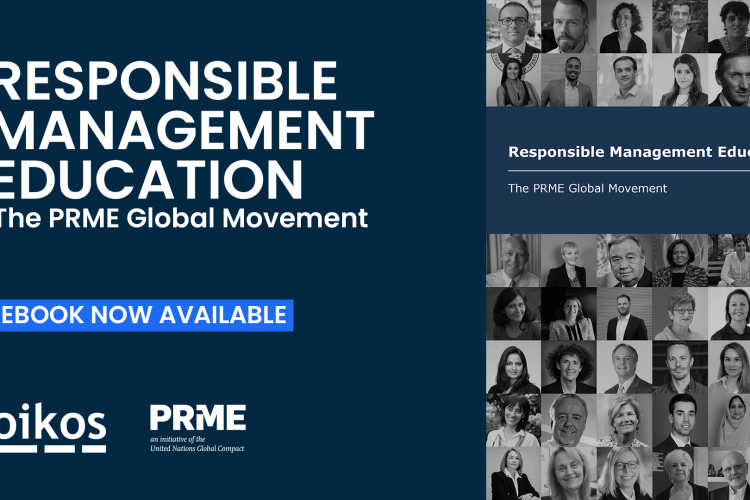Case Abstract
This is the story about the efforts of a social entrepreneur, Assheton Carter, to create a meaningful initiative with Wal-Mart in ethical mining. His idea: to somehow secure the supply chain for jewelry in a way that consumers could be certain that every input – from treatment of workers in the mines through to sustainable manufacturing – was executed to the highest ethical standards. This had never been done before, particularly on the scale according to which Wal-Mart operates: it is not only the largest retailer of gold jewelry in the world, but maintains an unprecedented control over its suppliers.
At the time that Carter was attempting to sell his idea to Wal-Mart leaders, the company was embarking on a major push to become a highly ethical company that both used sustainable methods and behaved morally. This was a priority of the CEO, Lee Scott, who claimed that he had had an “epiphany” about the future of Wal-Mart and had promoted a huge array of initiatives in the company. After years of being the “bad guy” and an object of popular protest for its methods and impact on the US economy, Scott had pledged to turn this impression around. Statements, committees, and programs proliferated in Wal-Mart. The case offers many examples of his methods and initiatives.
This appeared to be a propitious moment for ideas like Carter’s. However, Carter had had an extremely difficult time getting the attention of executives at Wal-Mart. This was not necessarily because the new Wal-Mart was insincere or cynical about its ambitions, but due to the fact that its managers worked up to 60 hours per week, under relentless pressure to deliver. In other words, the ethical initiatives had to be accomplished in addition to their regular jobs. They also changed positions so often that Carter was never certain who was currently responsible for jewelry acquisition. Carter spent years attempting to communicate his ideas to the right person within the company, never seeming to get anywhere.
It was a time of great frustration. In the meantime, he was extremely active in a number of other areas, which more than occupied the majority of his time. But Carter persevered, eventually getting the attention of a dynamic young manager, Dee Breazeale. Together, they structured the program, taking it through the company and enlisting suppliers to participate. Though the results were somewhat ambiguous, they created a way that consumers could log on to the internet and look at all of the sources (inputs) into the piece of jewelry they purchased. The result, however, is not the principal theme of the case, but its plot.
As it comes out in the case, Carter’s method is unique. Rather than concentrate exclusively on promoting a good idea, Carter undertakes to understand the business model of the companies he approaches, i.e. the incentives that managers have, how they see the world, even the vocabulary that they use in their everyday work. He speaks to them in a way that they can understand immediately and automatically, offering a plan of action that fits with the priorities of the company, yet pushes them to do new things in accordance with his ideas. This too is controversial and must be extracted in discussion from the plot of the case.
[table id=81 /]



